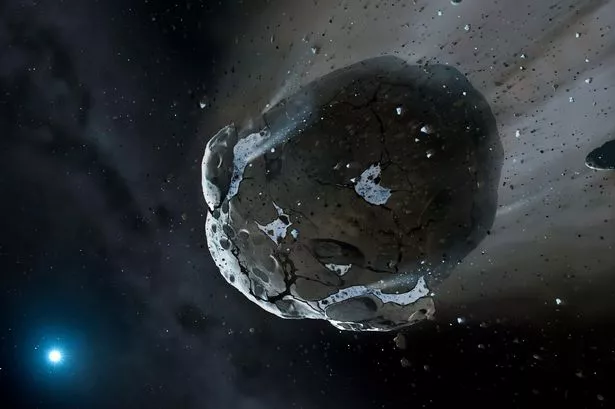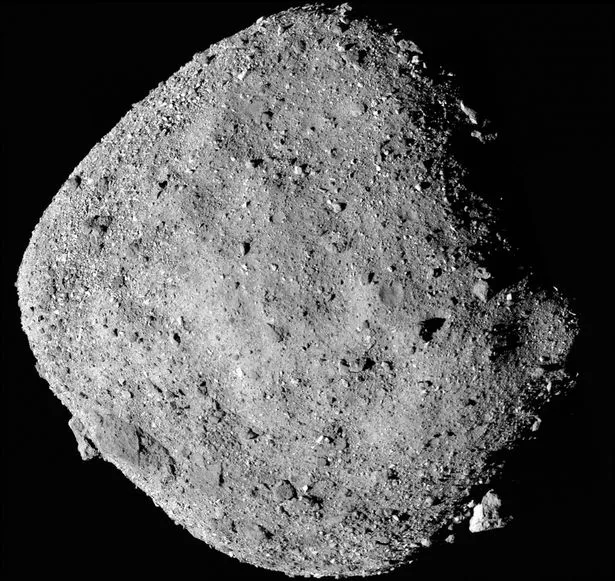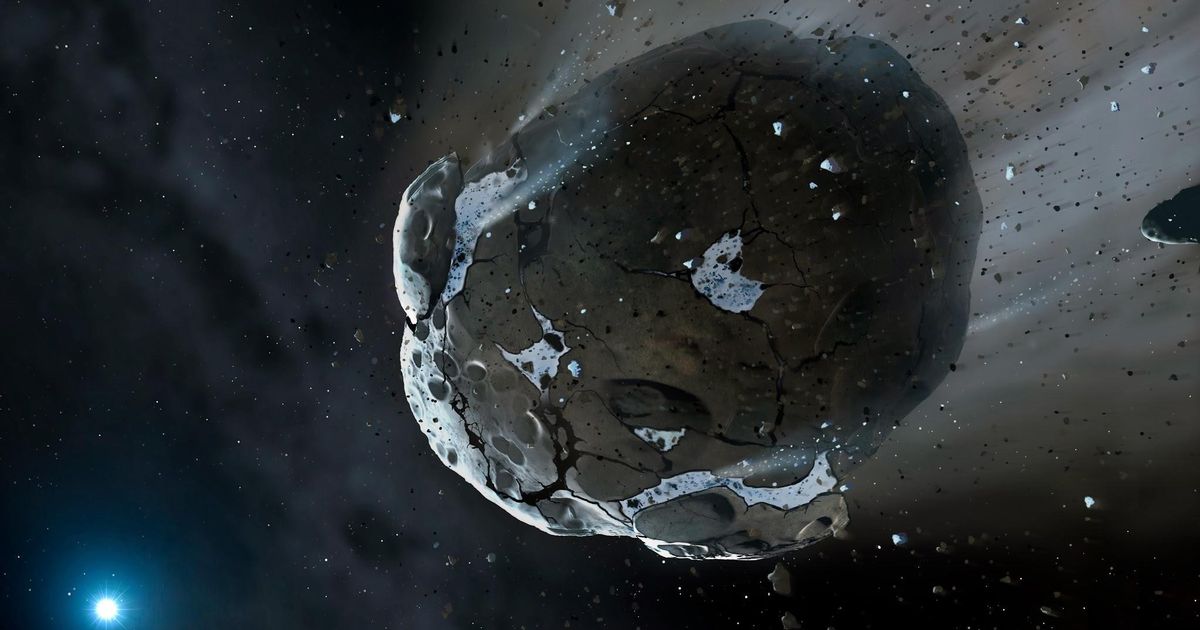The space agency says there is no risk of impact and the encounter is ‘routine’ Most asteroids can be found orbiting the Sun between Mars and Jupiter(Image: PA)
Most asteroids can be found orbiting the Sun between Mars and Jupiter(Image: PA)
An asteroid the “size of an aeroplane” is expected to pass by Earth in the coming days. The space rock named 2025 OW will make its closest approach on Monday, July 28, 2025. NASA experts have reminded the public that the encounter is more routine than people may realise.
According to the space agency, the asteroid measures approximately 210 feet in length and will pass our planet at a distance of approximately 393,000 miles. NASA’S Jet Propulsion Laboratory operates an Asteroid Watch dashboard that tracks asteroids and comets that will make “relatively close” approaches to Earth.
NASA confirmed that it is one of five asteroids passing close to the planet over the coming week, but it is the largest of the group. A smaller asteroid will pass by on July 26, although 2025 OW is coming closer than the others, NASA says there is no risk of impact.
Most space rocks this size break apart in the atmosphere due to friction and pressure, reducing their impact. They are not large enough to trigger global disasters.
NASA’s Jet Propulsion Laboratory (JPL) uses ground-based telescopes and radar systems, such as the Goldstone Solar System Radar, to monitor asteroids. These tools calculate their speed, position, brightness, and orbital paths.
 NASA image of an asteroid (Image: PA)
NASA image of an asteroid (Image: PA)
Ian O’Neill, media relations specialist at NASA’s Jet Propulsion Laboratory, told ABC News: “This is very routine. If there was a threat, you would hear from us. We would always put out alerts on our planetary defence blog.”
Davide Farnocchia, a colleague at NASA’s Near-Earth Object Studies, added: “Close approaches happen all the time, it’s just part of the fabric of the solar system” and it is just “another” day at the office. He added: “We have a precise understanding of its trajectory. We will likely know its path for the next century.”
Asteroids, sometimes called minor planets, are rocky, airless remnants left over from the early formation of our solar system about 4.6bn years ago. Most asteroids can be found orbiting the Sun between Mars and Jupiter within the main asteroid belt. Asteroids range in size.
NASA has sent several robotic spacecraft to study asteroids up close to learn about their composition and size. Many other asteroids have been observed with telescopes here on Earth.
On its website, NASA states: “It is highly unlikely that an asteroid large enough to cause widespread damage will impact Earth for the next 100 years or more, according to scientists at the Center for Near Earth Object Studies (CNEOS) at NASA’s Jet Propulsion Laboratory in Southern California.
“CNEOS specialises in tracking asteroids and comets, calculating their orbits, and determining whether any of them are hazardous to Earth.”

